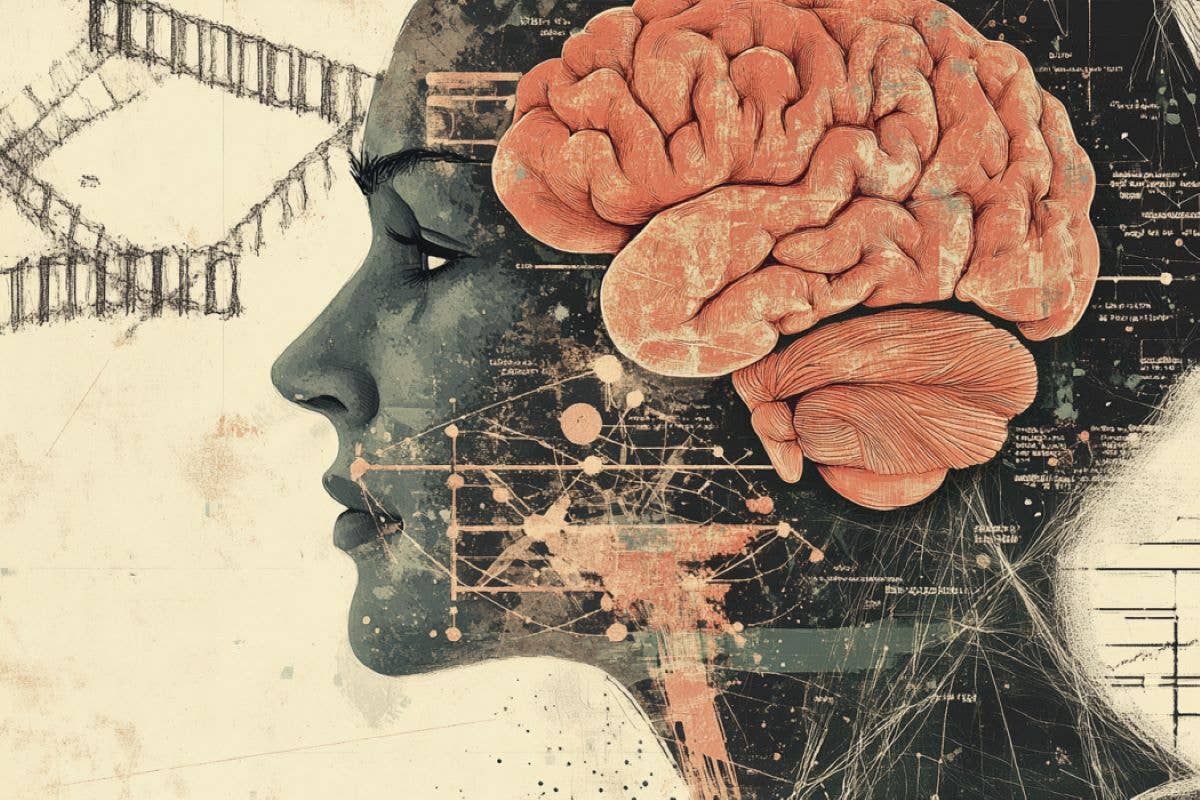Understanding Memory Beyond the Basics
Memory is more than just the ability to recall past events or information it is the fundamental process that shapes human identity, behavior, and cognition.
The science behind memory extends far beyond what is typically understood, delving into deep neural mechanisms that dictate how we store, retrieve, and even alter our memories over time. While conventional discussions focus on declarative and procedural memory, there are lesser-known dimensions that redefine our understanding of how the brain processes and retains experiences.
In the intricate network of neurons, memory is not a static entity. Instead, it is a dynamic, evolving construct influenced by synaptic plasticity, neural oscillations, and even subconscious elements.
Scientists continue to explore unspoken dimensions of memory, uncovering fascinating phenomena such as emotional tagging, false memory implantation, and the role of epigenetics in long-term retention.
Neural Mechanisms: The Unseen Architects of Memory
Memory formation is a multi-layered process orchestrated by various brain structures, primarily the hippocampus, amygdala, and prefrontal cortex. Each of these regions plays a distinct role in encoding, consolidating, and retrieving information.
Hippocampus: The Indexing Hub
The hippocampus is essential for encoding and consolidating new memories. It acts as an indexing system, linking different elements of an experience so they can be recalled as a cohesive whole. Damage to the hippocampus can result in anterograde amnesia, preventing the formation of new memories while leaving past memories intact.
Amygdala: The Emotional Amplifier
Emotions significantly impact memory retention, and the amygdala plays a key role in this process. Memories tied to strong emotions—fear, joy, grief—are often more vivid and long-lasting due to the amygdala’s ability to enhance synaptic plasticity in response to emotional stimuli.
Prefrontal Cortex: The Executive Gatekeeper
Responsible for working memory and decision-making, the prefrontal cortex helps regulate what information is retained and what is discarded. This region also plays a role in cognitive flexibility, allowing individuals to adapt to new information by modifying existing memories.
Neural plasticity—the brain’s ability to reorganize itself by forming new neural connections—is the foundation of memory adaptability. The process of long-term potentiation (LTP) strengthens synapses between neurons, creating pathways that solidify learning and recall.
The Hidden Forces Shaping Memory
Memory is not merely a passive recording system; it is actively shaped and reshaped by numerous external and internal influences. Several hidden forces determine the strength, accuracy, and longevity of memories.
Epigenetics and Memory Modulation
The field of epigenetics has revealed that memory formation is not purely genetic but also influenced by environmental factors. DNA methylation and histone modification can enhance or suppress gene expression, affecting how memories are encoded and retrieved. Stress, diet, and even social interactions can alter the epigenetic landscape of memory.
Emotional Bias and Memory Distortion
Human memory is highly susceptible to bias. The reconsolidation theory suggests that every time a memory is recalled, it becomes malleable, allowing alterations before being stored again. This can lead to false memories, where individuals confidently remember events that never occurred or recall distorted versions of real events.
Neurotransmitters and Their Influence
Chemicals in the brain, such as dopamine, serotonin, and acetylcholine, directly impact memory function. For example:
- Dopamine enhances reward-based learning and motivation.
- Serotonin influences mood-related memories.
- Acetylcholine is critical for attention and learning, with deficiencies linked to cognitive decline in Alzheimer’s disease.
Practical Applications and Future Directions
Understanding memory’s hidden dimensions has significant implications in various fields, from medicine to artificial intelligence and personal development.
Cognitive Rehabilitation and Therapy
Memory research is transforming treatments for neurodegenerative diseases like Alzheimer’s and Parkinson’s. Therapies targeting synaptic plasticity and epigenetic regulation hold promise for slowing cognitive decline. Additionally, memory reconsolidation techniques are being explored in treating PTSD by modifying traumatic memories.
Artificial Intelligence and Neural Networks
Advances in neuroscience inspire AI models designed to mimic human memory functions. Neuromorphic computing, which replicates brain-like synaptic activity, is enhancing machine learning capabilities, particularly in natural language processing and decision-making algorithms.
Memory Enhancement Techniques
Several scientifically backed strategies can optimize memory retention:
- Spaced Repetition: Reinforcing learning over intervals strengthens long-term retention.
- Mnemonic Devices: Associating information with imagery or patterns aids recall.
- Mindfulness and Meditation: Reducing stress improves hippocampal function and enhances memory capacity.
- Physical Exercise: Aerobic activity increases neurogenesis, supporting cognitive health.
- Diet and Nutrition: Omega-3 fatty acids, flavonoids, and antioxidants promote neural longevity.
Conclusion
The neuroscience of memory is a vast and evolving field, offering profound insights into how we learn, adapt, and recall our experiences. Beyond its biological mechanisms, memory is influenced by emotions, external stimuli, and even subconscious processing. As researchers continue to uncover its unspoken dimensions, the future holds immense potential for groundbreaking applications in medicine, technology, and human cognition.
Understanding memory is not just about retaining facts—it is about unlocking the secrets of human consciousness itself.
- The Role of the Hippocampus in Memory
- Amygdala and Emotional Memory
- Dopamine and Memory Enhancement
- The Science of False Memories
- Meditation and Memory Improvement
- Physical Exercise and Brain Function
- Alzheimer’s and Acetylcholine
- AI and Memory Simulation















































